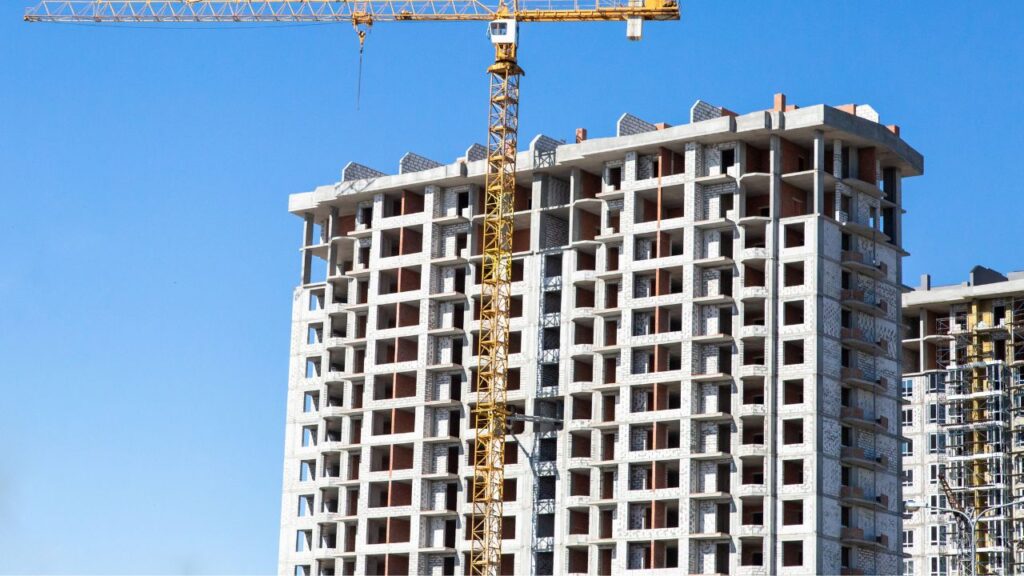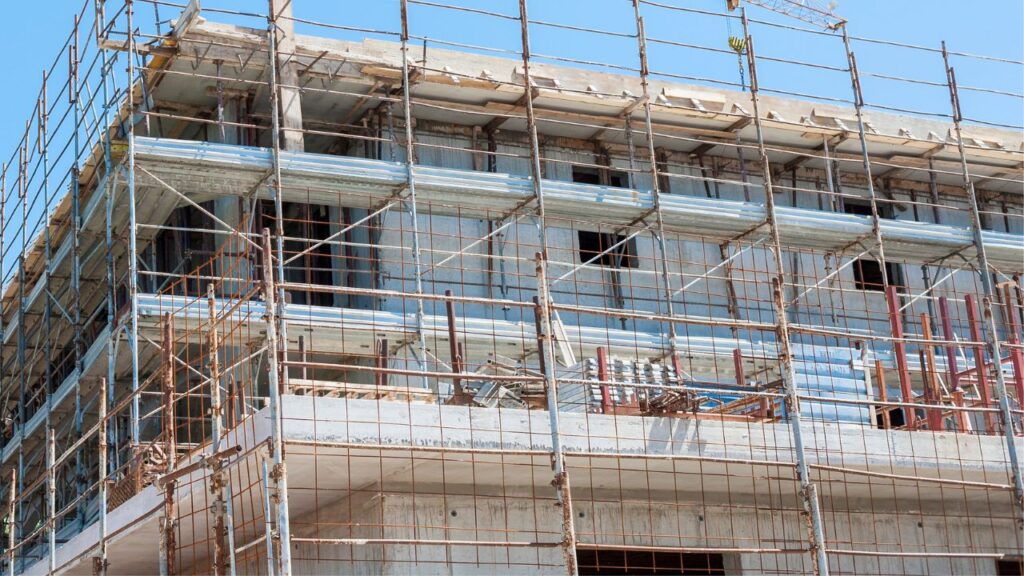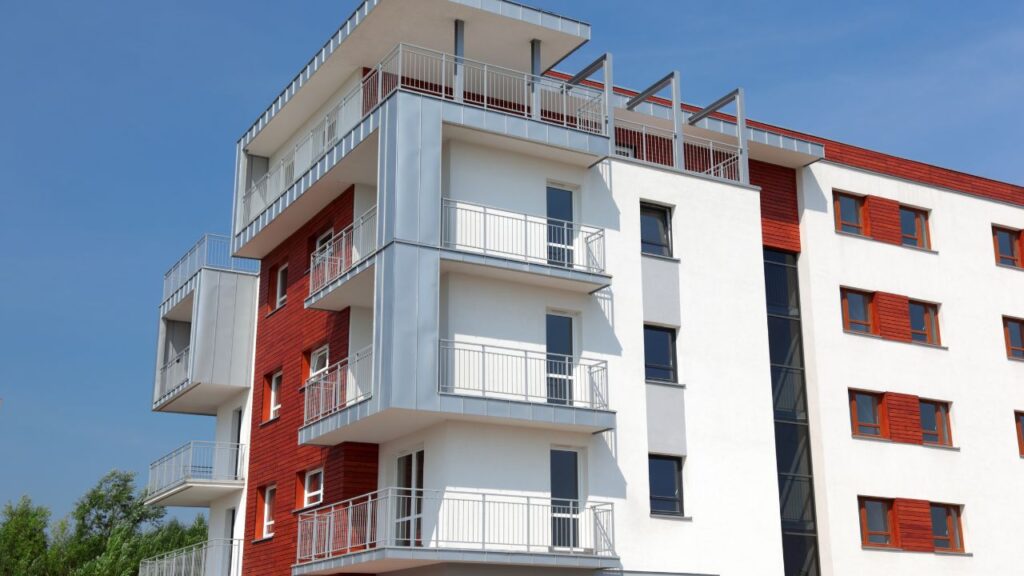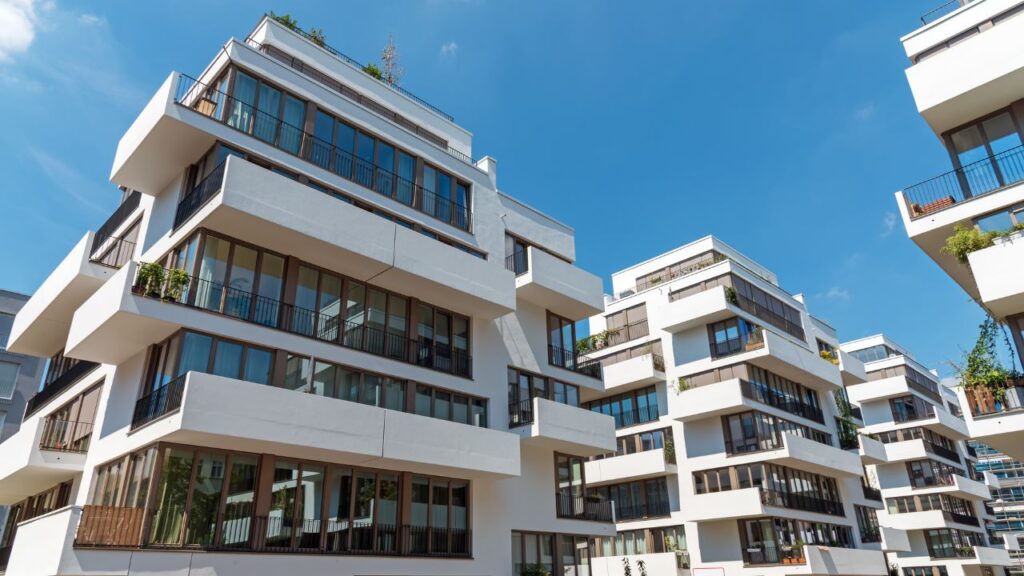Boost Your Construction Bids – Request a Precision Estimate!
- Accurancy
- Efficiency
- Transparency
- Customization
- Time Saving
- Professionalism
- Cost Control

Are you considering constructing a 3-floor building in 2025? Understanding the various factors influencing building construction costs is crucial. From the location and size of the building to the materials used and labor expenses, there are numerous aspects to consider. The cost of building a 3-floor structure in 2025 can range from $300,000 to $600,000, depending on the size, location, and complexity of the project. It’s essential to get multiple quotes and compare costs before starting construction.

At Estimate Florida Consulting, we specialize in providing accurate estimates tailored to your specific project needs. Our comprehensive estimation services cover all aspects of the construction process, ensuring that you receive a detailed breakdown of costs. With our expertise, you can make informed decisions about your construction project, ensuring that it aligns with your vision and budget.

Fully Insured License
Hire Contractor for Building Construction

Make Informed Design Decisions Showcase Your Design Ideas
Get RenderingBuilding construction costs are influenced by various factors that encompass location, size, design, materials used, labor costs, and the overall construction budget.
The geographical location of a construction site plays a significant role in cost determination; factors such as accessibility, availability of utilities, and local building codes can all impact expenses.
The size and complexity of a project directly correlate with the total expenditure, as larger structures with intricate designs often require more resources and skilled labor.
The choice of materials is another critical aspect affecting costs, with options ranging from traditional to innovative, each carrying its own price implications.
Labor costs, influenced by market demand and skill levels, form a substantial portion of the budget.
Technological advancements, such as Building Information Modeling (BIM) and prefabrication techniques, have revolutionized the construction industry, optimizing processes and potentially lowering expenses through improved efficiency and reduced material waste.
The geographical location of a construction project plays a pivotal role in determining the overall building construction costs, considering factors such as local construction permits, adherence to building codes, and the specific processes involved.
Different locations can significantly impact construction expenses due to varying permit requirements and the need to comply with distinct building codes applicable in different regions.
For instance, coastal areas might necessitate additional structural reinforcements to withstand hurricanes or floods, thereby increasing costs. Urban centers often have stricter zoning regulations and permit processes that can affect project timelines and expenses.
Understanding and navigating these location-specific requirements is crucial for efficient project management and budget control in the construction industry.
The size and design of a building are crucial factors influencing construction costs, encompassing considerations such as architectural design, foundation requirements, structural elements, and design-specific cost considerations.
Architectural complexities play a significant role in determining the overall cost of a construction project. Intricate designs, unique shapes, and complex building structures often require specialized materials and skilled labor, thereby increasing expenses.
Foundation types also impact costs, with factors such as soil conditions and construction methods influencing the choice between shallow or deep foundations.
Structural components, including beams, columns, and trusses, contribute to both the structural integrity of the building and the cost of construction.
Key design considerations such as energy efficiency, material selection, and building orientation further influence the overall expenses and sustainability of the project.
The selection of construction materials significantly affects building costs, with choices ranging from foundational materials to architectural elements, each contributing to the overall construction expenses.
For instance, the choice of foundational materials like concrete versus wood can have a substantial impact on the durability and longevity of a structure, thus influencing maintenance costs over time.

Similarly, the selection of architectural elements such as glass panels versus traditional brick walls not only affects the aesthetic appeal but also plays a crucial role in energy efficiency and insulation properties.
Therefore, architects and builders need to carefully consider material properties such as strength, thermal conductivity, and environmental impact when making decisions on material selection to ensure the construction project’s success.
Labor costs play a substantial role in building construction expenses, encompassing expenses related to skilled labor, subcontractors, and other workforce factors that contribute to the overall project budget.
The allocation of budget towards skilled labor is crucial in ensuring quality workmanship and adherence to industry standards. Managing subcontractor fees effectively can optimize cost-efficiency and streamline project execution timelines.
Labor efficiency, influenced by factors such as training programs and workforce motivation, directly impacts project schedules and overall costs. Implementing workforce management strategies like proper task allocation and regular performance assessments can enhance productivity and minimize delays, ultimately leading to successful project completion within budget constraints.
Market conditions within the construction industry can heavily influence building construction costs, with trends, analysis, and economic factors shaping the pricing and budgeting strategies for construction projects.
These market conditions play a significant role in determining the overall financial feasibility of construction endeavors. Industry trends, such as material costs, labor availability, and technological advancements, can greatly impact the total expenses involved in a construction project.
Fluctuations in the market, such as changes in demand for specific building materials or shifts in interest rates, can directly affect the final cost of construction. Being aware of these market dynamics and leveraging economic insights is crucial for construction companies to make informed decisions when estimating project budgets and pricing strategies.
The cost of building a 3-floor structure in 2025 can vary from approximately $100 to $200 per square foot, depending on factors such as size, location, and complexity. For a 3-floor building with an average size of 3,000 square feet, the total construction cost could range from $300,000 to $600,000. It’s crucial to consider these per square foot estimates along with other cost factors such as materials, labor, permits, and site preparation expenses.

The average cost per square foot for building construction can vary depending on factors such as location, materials, and project complexity. Generally, construction costs range from $100 to $200 per square foot. These costs typically cover expenses like materials, labor, permits, design fees, and other associated costs. It’s essential to note that these figures are estimates and can fluctuate based on specific project requirements and market conditions. Therefore, it’s advisable to obtain multiple quotes and compare costs before proceeding with construction to ensure that the project stays within budget and meets quality standards.
Analyzing cost breakdowns by construction phase involves considerations such as building layout design, inspection requirements, renovation costs, and the overall project management strategies for cost control.
During the initial construction phase, a significant portion of costs is allocated to site preparation, foundation work, and structural framing. The layout design impacts the efficiency of workflow and material usage, influencing both labor and material costs.
Inspections at critical points in the construction process ensure compliance with building codes and quality standards, which may incur additional costs if corrections are needed.
Renovation considerations involve assessing the extent of existing structure modifications required, impacting budget adjustments.
Effective project management techniques, such as resource allocation and schedule optimization, play a vital role in cost control throughout the project lifecycle.
Projecting building construction costs for 2025 involves forecasting expense trends, company capabilities, project management strategies, and anticipated economic factors that may impact construction budgets.
Analyzing expense projections requires a comprehensive review of various cost categories, including materials, labor, equipment, and overhead expenses. Company competencies play a crucial role in cost estimation, as firms with advanced technology and skilled labor tend to have more accurate forecasts.

Incorporating efficient project management approaches such as lean construction or agile methodologies can help control costs and streamline processes. Economists use a combination of historical data, market analysis, and inflation forecasts to predict economic factors affecting construction budgets.
Understanding these interconnected elements is essential for accurate financial planning in the construction industry.
Anticipated shifts in material costs for 2025 can impact building construction expenses, influencing design choices, compliance with building codes, and safety considerations within construction projects.
These changes in material costs are expected to have a ripple effect on construction budgets, potentially necessitating adjustments in project planning and resource allocation.
Design adaptations may need to be made to accommodate cost fluctuations, balancing creativity with financial constraints.
Ensuring adherence to safety standards becomes critical as cost changes may tempt compromises in materials or construction methods.
Striking a balance between cost-effectiveness and maintaining code compliance will be paramount for stakeholders in the construction industry navigating the evolving dynamics of material pricing.
Foreseen labor cost increases in 2025 may impact building construction budgets, encompassing factors such as equipment expenses, permit costs, and workforce compensation strategies.
These escalating labor costs are anticipated to drive up overall construction expenses significantly, as labor expenses often constitute a substantial portion of project budgets.
As labor costs rise, contractors and developers may need to reevaluate their equipment investments to maximize efficiency and reduce labor hours.
Permit considerations also play a crucial role, as higher labor costs may lead to delays in obtaining permits or completing necessary documentation.
Workforce management practices will need to adapt to ensure efficiency and cost-effectiveness amidst these anticipated increases in labor expenses.
Analyzing the impact of economic trends on building construction costs for 2025 involves assessing factors like expansion opportunities, sustainability initiatives, permit regulations, and their connections to prevailing economic conditions.
Expansion prospects play a pivotal role in determining the direction of construction costs, with potential growth areas attracting higher investment and consequently driving up building expenses.
Sustainability efforts also have a significant influence, as eco-friendly practices and materials may initially incur higher costs but can lead to long-term savings and benefits.
Permit implications further shape construction expenses, with stringent regulations often adding to project timelines and costs.
Understanding how these factors interact with economic trends is essential for predicting and managing construction costs effectively.

At Estimate Florida Consulting, our comprehensive and meticulous approach to estimating building construction costs for 3-floor buildings ensures that our clients receive accurate, transparent, and reliable estimates, supporting them in making informed decisions for their construction projects.
Constructing a 3-floor building in 2025 entails a complex interplay of various factors, each contributing significantly to the overall cost. Key considerations such as location, size, design, material selection, and labor costs must be carefully evaluated to arrive at an accurate estimate. The impact of market conditions and economic trends further underscores the dynamic nature of construction costs. With costs potentially ranging from $300,000 to $600,000, it is vital for prospective builders to seek detailed and tailored estimates, like those provided by Estimate Florida Consulting. Their expertise in navigating the intricacies of building codes, labor management, material pricing, and efficient project execution ensures that clients receive comprehensive and realistic cost breakdowns. This thorough approach empowers clients to make informed decisions, aligning their construction projects with both their vision and budget, ultimately leading to successful project outcomes.
The construction cost for a 3-floor building in 2025 is influenced by several key factors, including the geographical location of the project, the size and complexity of the building, the types of materials used, labor costs, and the current market conditions. Location can affect expenses due to local building codes and permit requirements, while the size and design determine the quantity of materials and labor needed.
The location of a construction project can significantly impact the overall costs. Factors such as accessibility, availability of utilities, local building codes, and environmental conditions (like the need for additional structural reinforcements in coastal areas) all contribute to variations in expenses. Urban areas might have higher costs due to stricter zoning regulations and permit processes.
The selection of materials is critical as it not only affects the building’s cost but also its durability, sustainability, and maintenance requirements. Different materials, ranging from traditional to innovative, have varied price implications. For instance, the choice between using concrete or wood for the foundation can impact the building’s longevity and future maintenance costs.
Labor costs form a substantial portion of the construction budget. These costs are affected by the skill level required, market demand for labor, and efficiency of the workforce. Efficient management of labor, including task allocation and performance assessments, can significantly affect the project’s schedule and overall costs.
Market conditions play a vital role in shaping the pricing and budgeting strategies for construction projects. Trends such as fluctuating material costs, labor availability, and technological advancements can greatly impact the overall expenses. Keeping abreast of these market dynamics is crucial for making informed decisions and accurate budget estimations.
Here I am going to share some steps to get your 3 floor building construction cost in 2025 estimate report.
You can send us your plan on info@estimatorflorida.com
Before starting your project, we send you a quote for your service. That quote will have detailed information about your project. Here you will get information about the size, difficulty, complexity and bid date when determining pricing.
Our team will takeoff and estimate your project. When we deliver you’ll receive a PDF and an Excel file of your estimate. We can also offer construction lead generation services for the jobs you’d like to pursue further.



561-530-2845
info@estimatorflorida.com
Address
5245 Wiles Rd Apt 3-102 St. Pete Beach, FL 33073 United States
561-530-2845
info@estimatorflorida.com
Address
5245 Wiles Rd Apt 3-102 St. Pete Beach, FL 33073 United States
All copyright © Reserved | Designed By V Marketing Media | Disclaimer